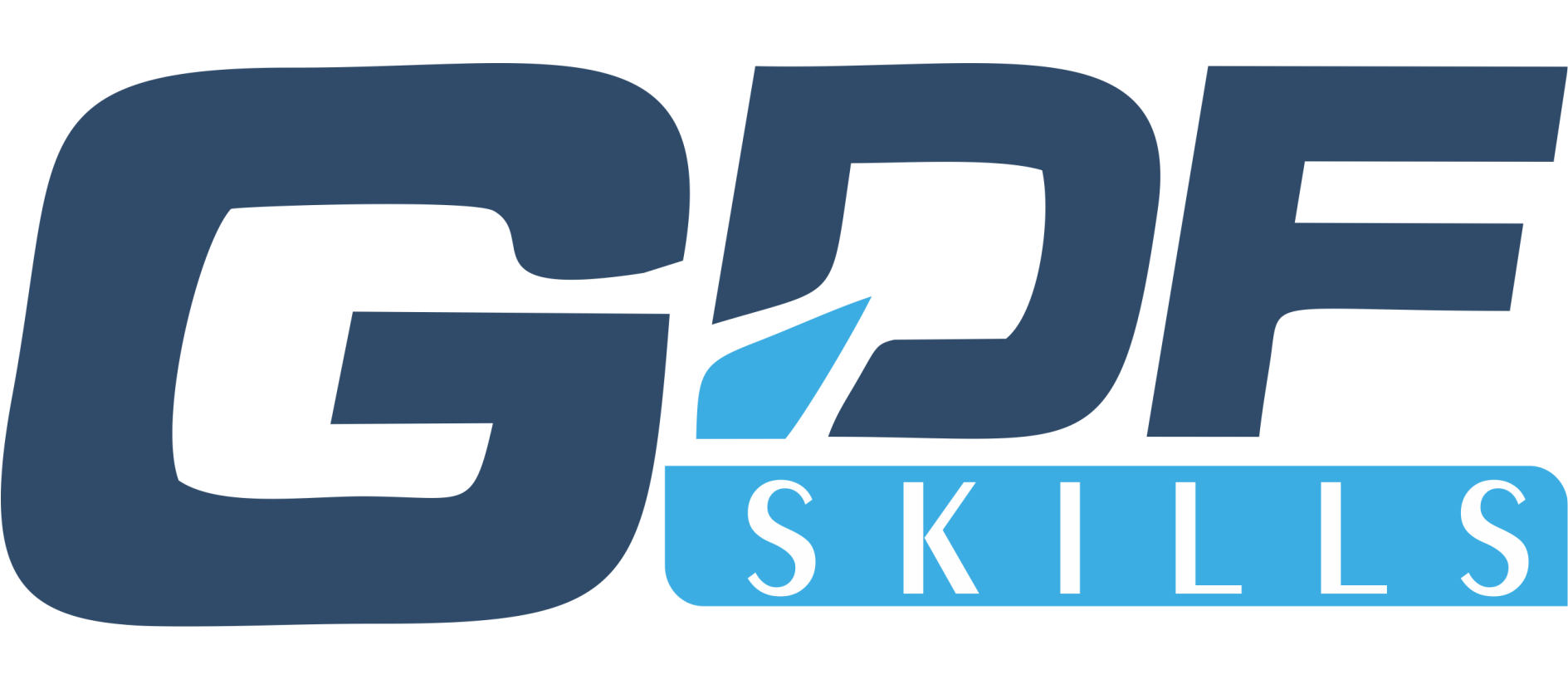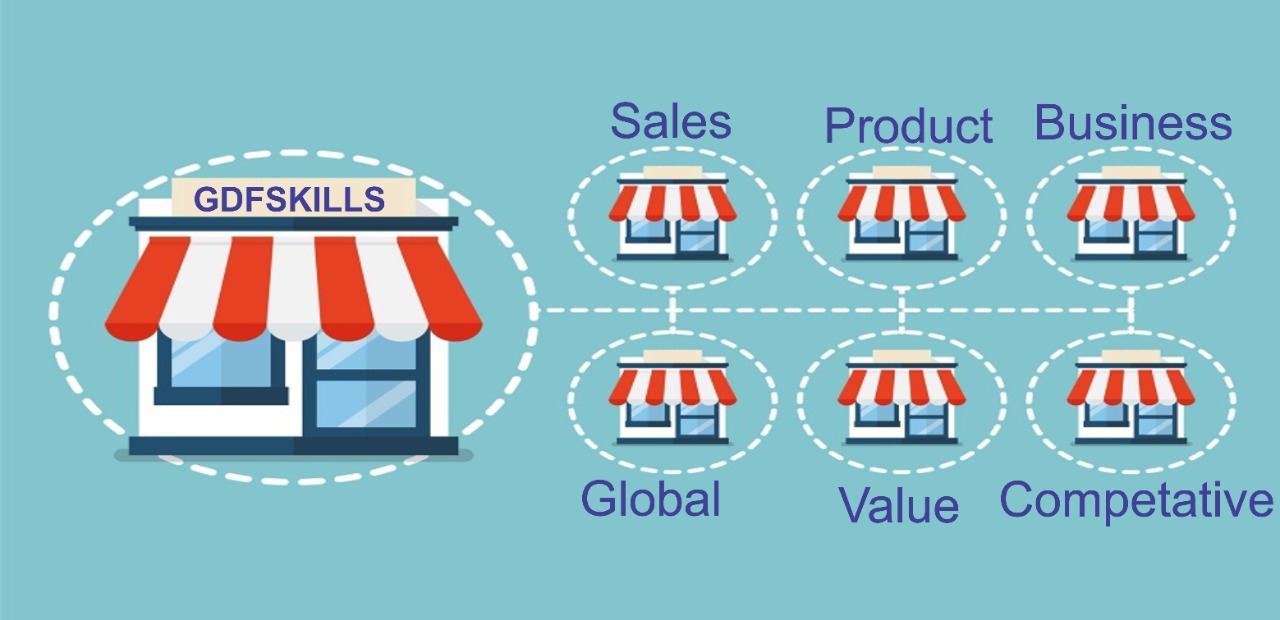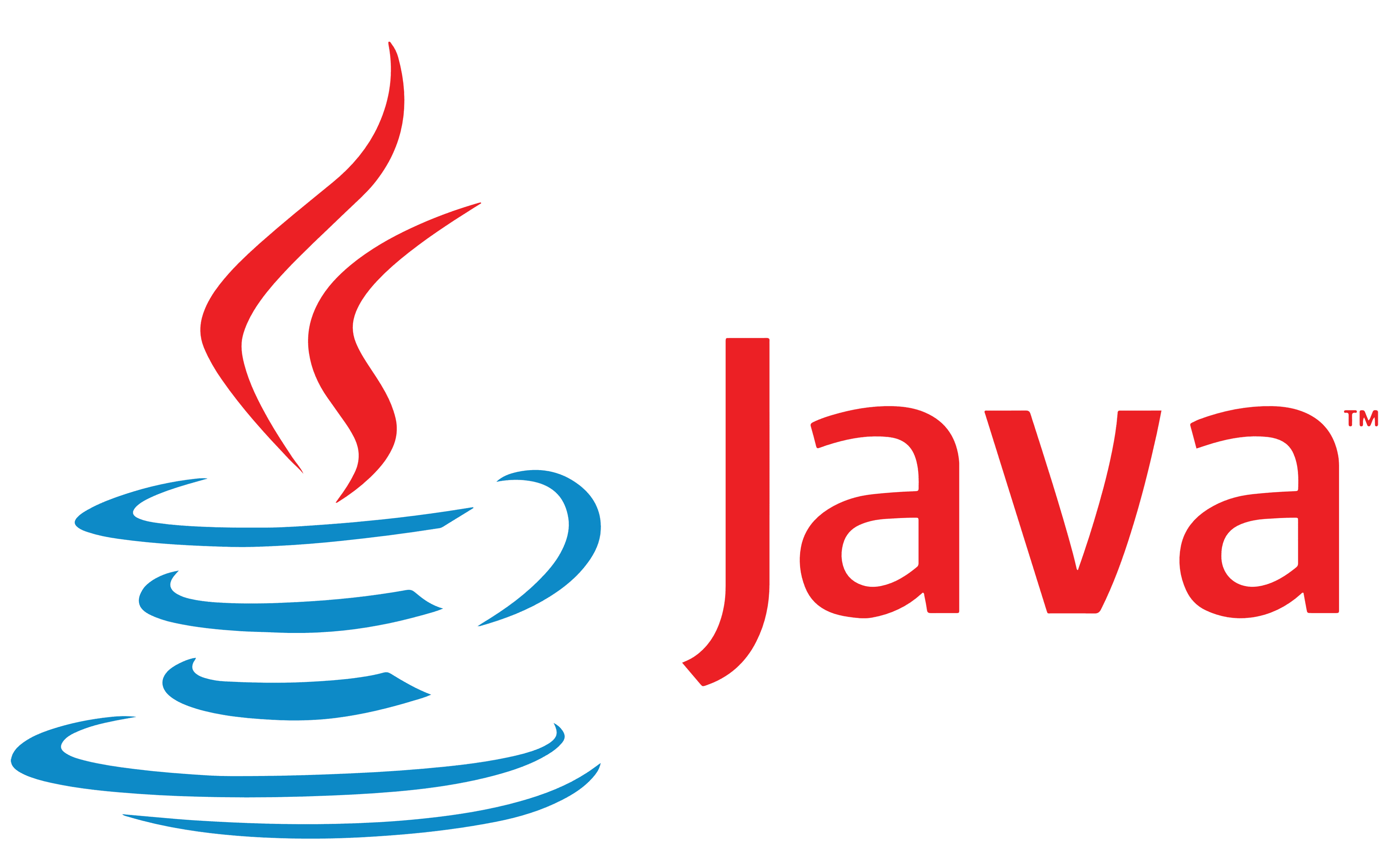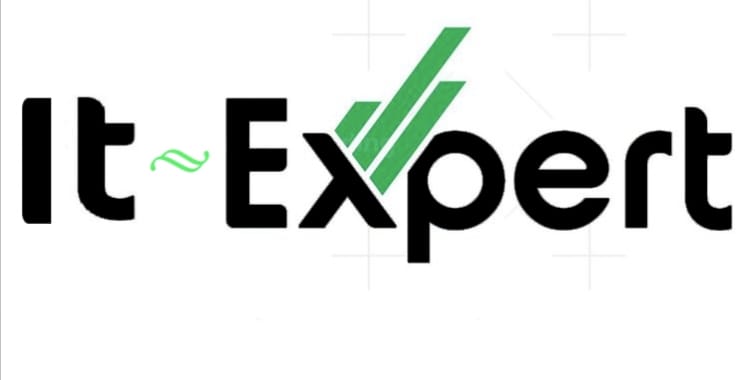
- Contants
- Gallery
- Our Organization
- Feed back form
- Blogs
- Social Media




The GDF program, specializing in genius accounting, is meticulously crafted to align with the
current job requirements across various industries. In today's competitive landscape, industries
such as manufacturing, investment banking, automobiles, IT, and FMCG demand professionals skilled in
Genius Accounting, Finance, and E-Taxation with an updated skill set. Recognizing the need to stay
competitive in the dynamic world of genius accounting and finance, employees must consistently
upgrade their skills over time.
Our dedicated Accountants Trainers are committed to helping you comprehend all aspects of genius
accounting and tax compliance in a live environment, enriched with best case studies. We take pride
in offering one of the top E-Taxation, E-Accounting, Income Tax (ITR 1-7), GST, GSTR-9, Custom,
Tally Prime, and SAP FICO Simple Finance expert-level programs. Tailored for both freshmen and
beginners, this program provides a comprehensive experience in a short duration, culminating in a
valuable certification or diploma.
Led by experienced 3–4 Accountants, our Genius Accounting and Taxation Practical Training Course is
available in key locations such as Delhi, Uttam Nagar, East Azad Nagar, Durgapuri, Kalkaji,
Badarpur, Pitampura, Jaipur, Agra, Kanpur, and Bhopal. Offered by GDF Skills, a unit of Gayatri Devi
Solution LLP, we are renowned as the best Genius Accounting Institute in Delhi. Join us for an
enriching journey toward becoming a proficient genius accountant and take the lead in the evolving
landscape of finance and accounts."
GDF Skills' Genius Accounting will take you on a revolutionary experience. Develop the skills necessary to flourish in the Genius Accounting and establish yourself as a leader in the competitive field of Genius Accounting. Join us to become a certified Professional Genius Accounting!
ELIGIBILITY:
Graduation/DBA/
Diploma/
Equivalent/10+2
COURSE FEE:
Rs 20k
COURSE PLACEMENT:
WHY TO CHOISE US:
Begin your adventure with GDF Skills by registering in person at a branch. Fill out the offline form to get your admission. This step establishes your presence on the platform and sets the stage for your skill development.
Complete the paperwork procedure after registering. This might include giving extra information, validating your identification, or submitting academic and professional credentials. GDF Skills provides a safe and efficient documentation method to validate your profile.
You can begin after your documentation is accepted. Explore GDF Skills' extensive range of courses and select those that are relevant to your objectives. Make any required fees and obtain access to the learning materials, resources, and tools required for your chosen courses.



You're a beginner or have little bit knowledge of web designing and want to set a career in Web Designing, then you should learn from the beginning. In our complete web designing course, we will train you with all the knowledge of web designing and teach you on all the latest web-based technologies. This course will enable you to make your own web site in a single day. We bring students through a live environment in which you get an opportunity to work on live web sites as per to your skill sets. We will teach you how to create a web site as well as how to make it appear on google. We guarantee you an edge over others. The Advanced Website designing certification course is totally practical web design training that includes all the prerequisites of responsive web design on the basis of latest market demands and trends. This course is one of the professional practical courses offered by Arth, a top web designing organization. Arth is very good in its student’s placement by its 100% placement help policy. There are many companies tied up with Arth; all companies are good and trending in IT field. We offer best than best placement assistance to our students for his/her brighten future. To know more information about Arth’s placement Assistance, you can visit here.

DECEMBER 14 , 2022
Lorem ipsum dolor sit amet, consectetur adipiscing elit. In et ipsum sit amet ex pulvinar mattis. Pellentesque vitae purus viverra, aliquet lacus in, fringilla massa. Suspendisse ac est a nisi aliquet sollicitudin. Interdum et malesuada fames.